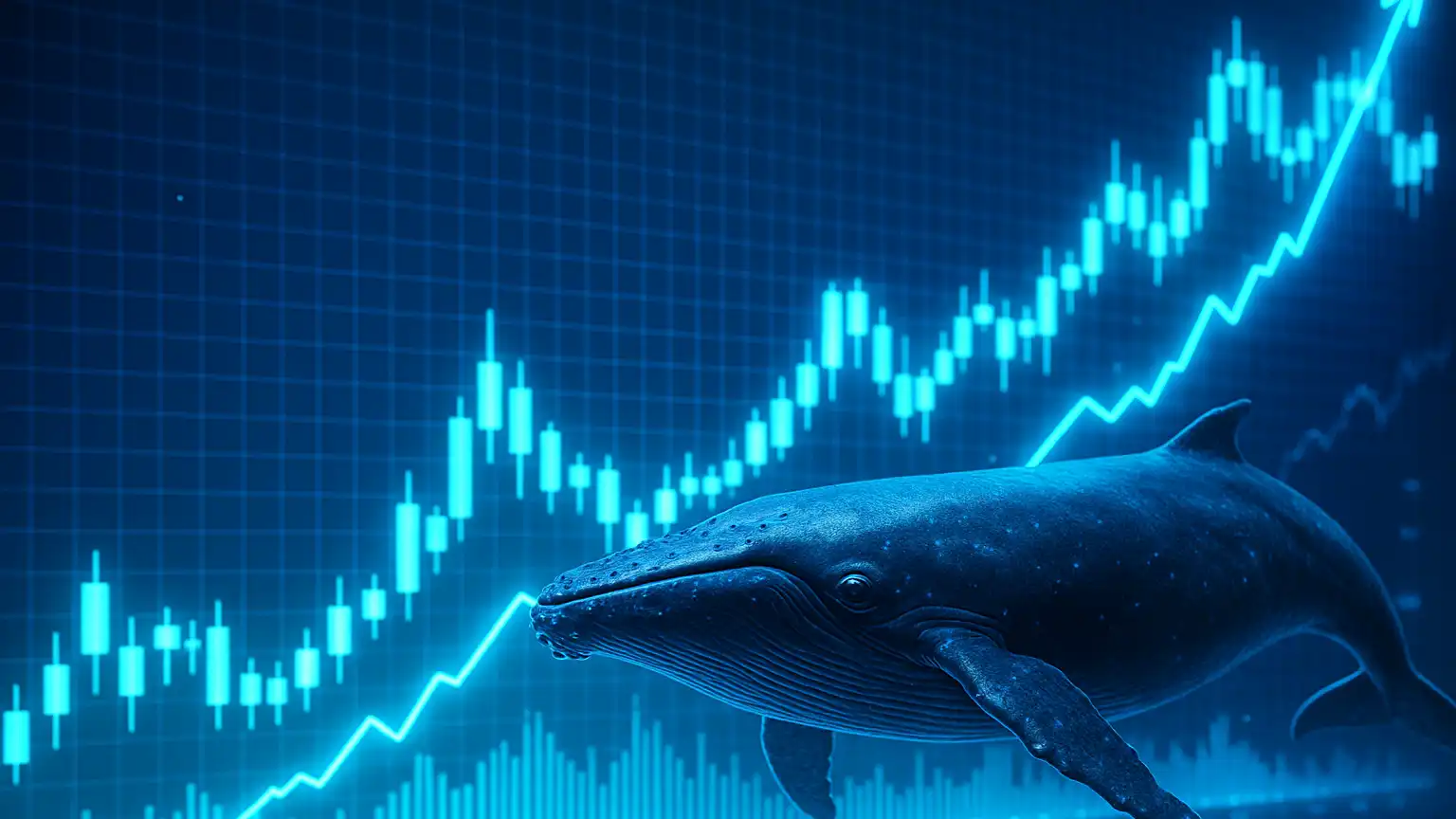Cardano’s Whale Dilemma: The High Stakes of DeFi Liquidity
The Incident That Shook the Ecosystem
In a dramatic turn of events, a long-dormant Cardano (ADA) holder executed a transaction that led to a staggering loss of over $6 million. Attempting to convert 14.4 million ADA, valued at approximately $7 million, into USDA, a native stablecoin, through a low-liquidity pool, the holder was left with just 847,000 USDA. This debacle reignited questions regarding Cardano’s readiness to play a major role in decentralized finance (DeFi) and highlighted the urgent need for better liquidity solutions within its ecosystem.
The Factors Behind the Loss
On-chain analysis revealed that the transaction temporarily inflated the USDA price beyond its peg, inherently due to the thin liquidity of the pool utilized. This manipulation led to massive slippage of over 87%, a risk that was seemingly underestimated or ignored despite clear warnings from the DEX interface. As part of this costly gamble, community debates erupted about whether the incident was a reckless act by an inexperienced investor or an attempt to bring attention to existing liquidity challenges within Cardano’s DeFi landscape.
Community Reaction and Discussion
The Cardano community’s response was varied, with some members viewing the incident as a signal of deeper systemic issues. Critics argued that essential liquidity must be prioritized over branding or governance debates, advocating for pragmatic enhancements that address the existing gaps. Conversely, others perceived it as a “teachable moment,” highlighting the need for user education and improvements in DEX user experience design to prevent similar mistakes. Cardano’s founder, Charles Hoskinson, emphasized the incident’s educational value without supporting compensation for the whale’s loss.
Market Pressure Meets Infrastructure Challenges
The transaction’s aftermath clearly illustrated the ongoing market pressures Cardano faces. Recently, whales offloaded significant ADA amounts as prices fell, fueling bearish sentiments. Nevertheless, bouts of strategic accumulation hint at potential rebounds. From a broader perspective, this event has spurred increased calls from stakeholders demanding decisive actions to bolster stablecoin liquidity within the Cardano network. People anticipate that such steps could sustain ADA’s competitiveness in the rapidly evolving DeFi landscape.
Addressing Liquidity: A Critical Requirement
The incident underscored that more stablecoin liquidity is crucial for Cardano’s growth trajectory. With substantial capital movement demand evident, the ecosystem’s infrastructure appears underprepared to adequately support these activities. Calls for drastically increasing stablecoin liquidity underscored a significant ecosystem-wide responsibility to prioritize and implement such enhancements. However, Charles Hoskinson’s stance remains clear: implementing suitable stablecoin solutions rests squarely upon the community, not just the leadership.
Looking Ahead: Building a Resilient Ecosystem
Amidst these challenges, the future direction for Cardano’s DeFi activities remains a closely watched journey. Building a resilient ecosystem necessitates targeted investments in infrastructure, continuous improvements in user experience, and robust liquidity strategies to avoid the pitfalls of impulsive, high-impact trades. Recognizing these needs, stakeholders are expected to foster collaborative innovations, contributing strategically to Cardano’s goal of sustainable growth and secure DeFi enablement.
Conclusion: Navigating Complex Dynamics
The Cardano whale incident serves as a crucial reminder of the intricate dynamics at play in decentralized finance. For ADA to withstand the tumultuous currents of the crypto market, ensuring liquidity robustness and user education will be vital. While the ecosystem reflects both challenges and opportunities, strategic navigations of these elements can position Cardano as a formidable player in the next wave of DeFi evolution.



